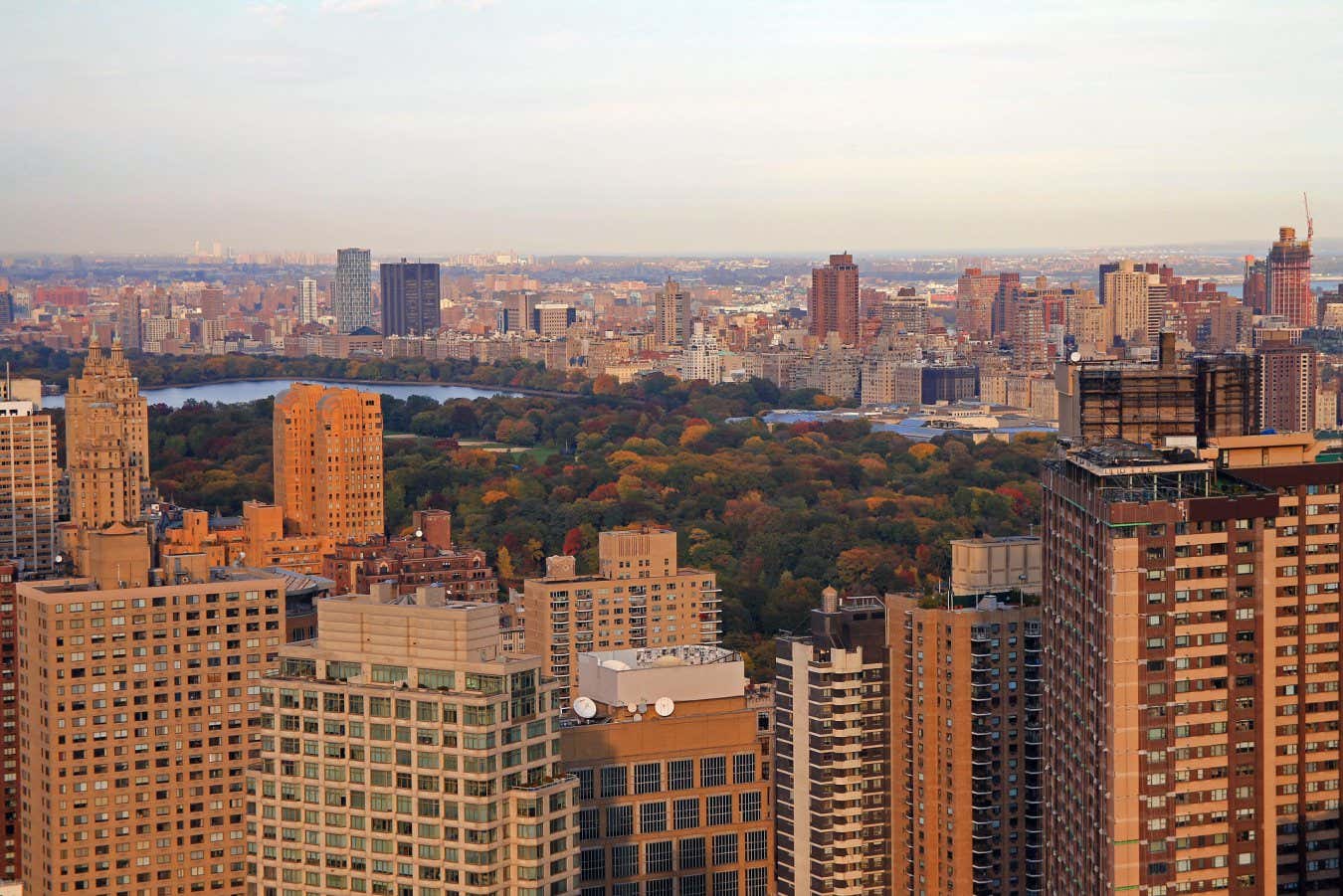Now Reading: Revolutionary Cement Promises Cooler, Heat-Resistant Buildings
-
01
Revolutionary Cement Promises Cooler, Heat-Resistant Buildings
Revolutionary Cement Promises Cooler, Heat-Resistant Buildings

Quick Summary
- A new type of cement has been developed by Fengyin Du and her colleagues to help buildings manage heat better.
- This “super-cool cement” uses reflective crystals of ettringite to mirror sunlight and radiate heat,keeping surfaces cooler without air conditioning.
- The production process involves creating tiny depressions for the reflective crystals using air bubbles, paired with an aluminium-rich gel to allow infrared emissions.
- On tests conducted at Purdue University,the cement’s surface temperature was 5.4°C lower than the ambient air and 26°C lower than conventional Portland cement on hot days.
- It is cheaper ($5 per tonne less) to manufacture than regular portland cement due to reduced production temperatures.
- Experts acknowledge its potential but caution that further real-world testing is needed to determine broader environmental impacts.
Indian Opinion Analysis
This innovation coudl have significant implications for India’s construction sector as rising temperatures push urban areas toward climate-resilient building materials. Regular concrete contributes heavily to urban heat islands, exacerbating already challenging summer conditions in many cities. Super-cool cement offers a pathway toward reducing dependency on cooling infrastructure like air conditioners, thus cutting energy consumption and greenhouse gas emissions.
India has one of the largest building sectors globally; implementing such technology widely could improve sustainability while reducing costs for large-scale developers due to its cheaper production requirements. However, experts’ concerns about surface temperature measurements versus actual effects on ambient air highlight a need for thorough field trials in varied climatic conditions before adopting it universally. Unlocking its full potential could pave the way for environmentally friendly growth in India’s infrastructure sector.






















